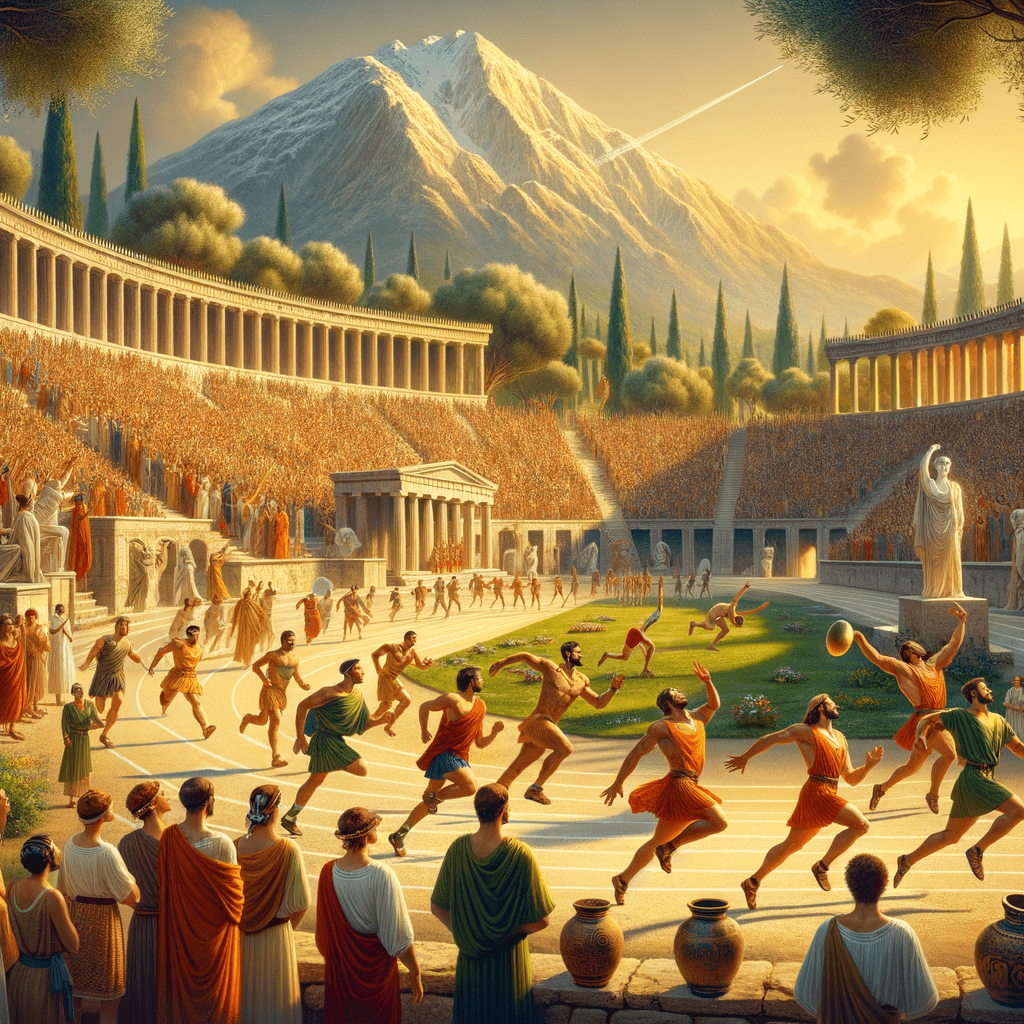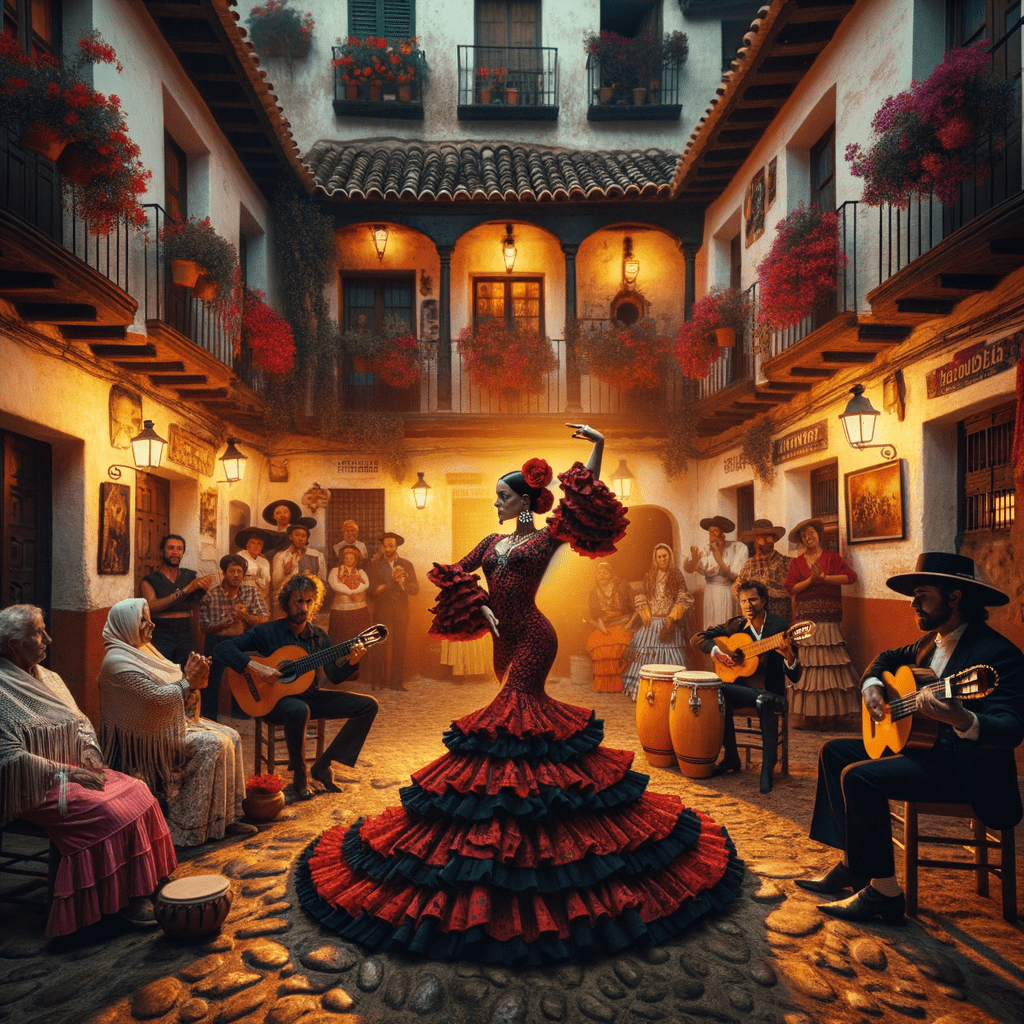Ah, the first time I stumbled upon the name Petra, it tickled my imagination, draped in ancient mysteries and seemingly cloaked in a sense of wonder. There’s just something about it – Petra – that felt like an echo from a time long past. I had this vivid picture, like something out of a storybook, of these ancient dudes – the Nabataeans – taming the desert and carving a dream out of red sandstone. You can read about Petra in textbooks until your eyes blur, but it’s another thing entirely to sit back and let your mind wander about the hustle and dreams of the folks who cobbled together this ‘lost city.’
Visiting Petra had always wiggled its way onto my bucket list. Just the thought of it – a historical oasis under the vast expanse of the Jordanian desert – was enough to make my wanderlust itch like crazy. It’s weird, but there I was, finally standing by the Siq’s edge—the gorge that sweeps you into Petra—and I could feel it, that mix of thrill with a sprinkle of wow-this-is-happening. I couldn’t help but wonder about travelers from two thousand years ago showing up on camels, dust-covered and looking for a rest stop, under the watchful gaze of these rosy stones. What tales would those stones tell if they could speak?
The moment you shuffle your feet into the Siq, Petra doesn’t just open up to you; it kind of invites you to discover it, piece by piece. Catching my first glimpse of Al-Khazneh, or The Treasury, was like this dream come alive. I kid you not, you turn a corner, and bam, there it is—like a surprise party thrown by history itself. The sunlight plays peek-a-boo on its surface, and I swear my knees turned to jelly – and no, not because of the long trek but from realizing I was face-to-face with something my words could barely capture.
I mean, this place, carved right out of a cliff, was like a love letter to artistry and history wrapped in rock. I stood there, mesmerized, pondering: Just who were these Nabataeans? How did they manage this extraordinary feat that still takes breaths away today? How neat would it be to sip some strong tea with an ancient sculptor and chat about their world!
The Nabataeans: Masters of Their Domain
The Nabataeans, even today, are somewhat of a puzzle for historians – pretty mysterious! Try imagining piecing together a jigsaw, and the pieces are scattered through centuries. An Arab nomadic tribe from around the 4th century BC, they chiseled Petra out of the rock, cashing in on trade routes fluttering through their turf. They bartered anything from frankincense and myrrh to exotic spices—talk about knowing your trade!
From what I gathered, they had this ingenious water system going on. They managed to gather rainwater, channel it through aqueducts, and voila – Petra was an oasis amid a desert. As I wandered about, I couldn’t help but marvel at their brains. Parched for a drop of water, and these folks fashioned a Garden of Eden. Makes me reconsider taking a sip for granted, doesn’t it? Despite their awesomeness, the Nabataeans eventually got shadowed by the Romans – those guys like to pop up in history, huh? When they annexed Petra in 106 AD, the city’s prominence as a trade hub kind of fizzled out. It’s funny how history’s like waves – building, cresting, then falling. Nothing stays the same, right?
Echoes of Silence
As you mosey past The Treasury, the silence envelops you, like a gentle hush broken only by shuffling feet or distant giggles. It’s this symphony of quiet that I’ve rarely experienced. At the top of a challenging hike, The Monastery looms as this sentinel, watching over Petra. And, trust me, while I’m no fitness buff, it was a climb worth gasping over—a wow-worthy gaze out to forever hugged by the sky. The realization hit me then: the Nabataeans crafted more than structures; they created marvels meant to dazzle even the modern-day soul.
Those sandstones? Layer upon layer of tales and forgotten voices, whispering stories if you’d just listen. I stood there forever, lost in thought, musing on the folks who once laughed, cried, and lived there. Their tales are etched in the stones, standing in bold defiance against time. There’s something oddly comforting in acknowledging how life and death mesh so closely. A bit somber perhaps, but it’s grounding, seeing life’s tangible footprints.
An Everyday Connection
I found myself comparing the hasty buzz of modern cities with the serene complexity of Petra. These days, life feels like fast-forward—tasks line up, emails ping anxiously, bills pop up everywhere. Yet, there in Petra, a longing for simplicity tugged at my heart.
I wonder, how did the Nabataeans wrap up their days? Under a blanket of stars, swapping stories, making plans, savoring each moment’s gentle drift. It nudged me to reflect on my own fulfillment and the trace I hope to leave. Our lives are worlds apart, yet we ponder the same questions, don’t we?
The Future of Petra
Before I finally peeled myself away, I sat down with my little travel journal, a couple of nosy goats peering at me. It made me ponder, time, its relentless march—and what it’ll uncover or keep hidden. Petra, ‘lost’ and then found again somewhere in 1812, is a beautiful mystery. How much more does it hold beneath its sands waiting to share?
Tourism and preservation have a bit of a tug of war going on there. Balancing Petra’s magic and ensuring its preservation is challenging, for sure. As I walked away, it filled me with a fascination for what untold stories lie yet to be unearthed.
Eventually, Petra isn’t just another pin on the archaeological map. It represents human creativity, courage, and the ability to thrive. It signals that time may swallow empires and memories can fade away, but the echoes carved on earth remain – sometimes nestled in the heart of a red-rock canyon.
As I bid Petra goodbye, covered in dust yet inspired deeply, it struck me how places like these tether us to our past and one another. Though Petra might be ‘lost’ occasionally, it’s always rediscovered by fresh perspectives, each step, every curious heartbeat that treads its ancient paths.
Human connections cut across time, subtly felt, like the warmth of sunbeams on Petra’s ancient stones. Isn’t it breathtaking? While we zoom toward progress, it’s in the remembering—of stories, cultures, and civilizations like the Nabataeans—that we learn about our present and sculpt our future.













